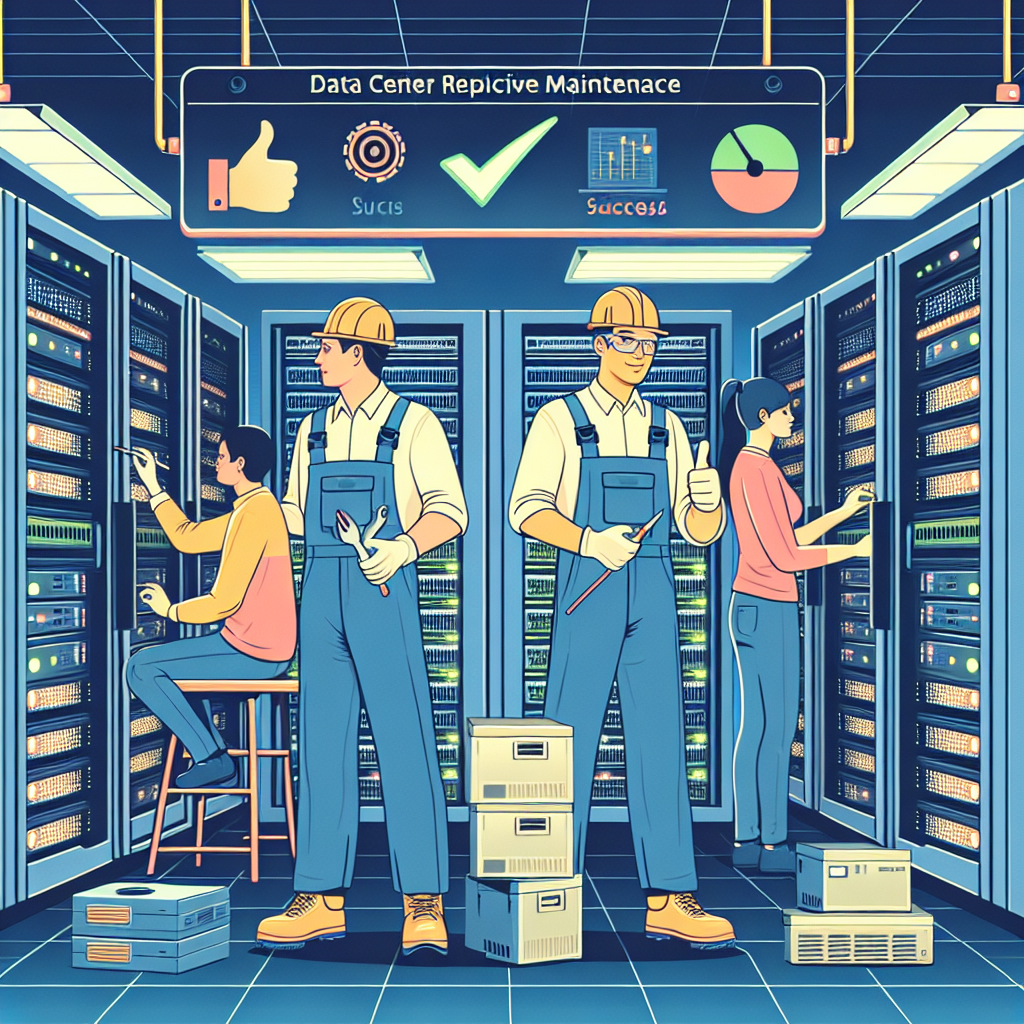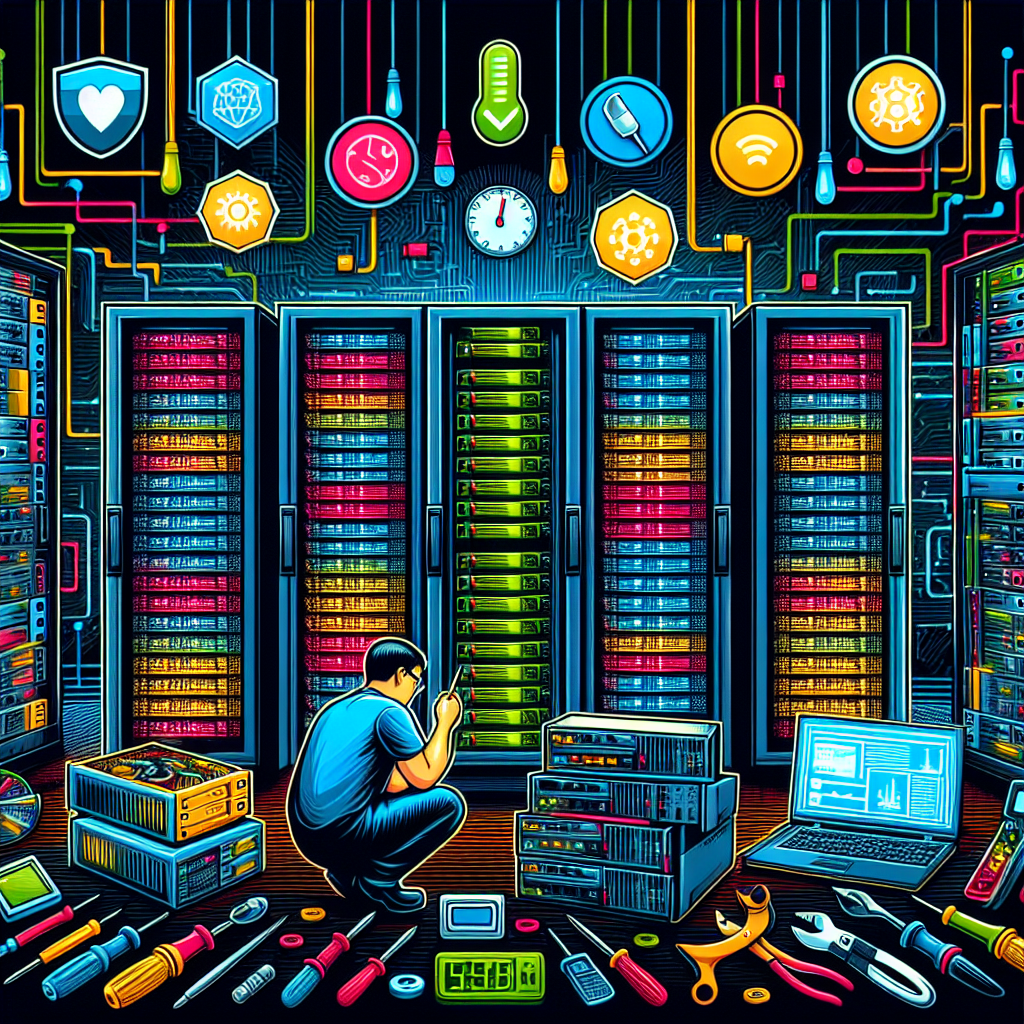Data centers are critical components of today’s digital economy, serving as the backbone for storing and processing vast amounts of data. With the increasing reliance on data centers for businesses to operate efficiently, it is crucial for organizations to implement effective maintenance strategies to ensure their data centers remain operational and reliable.
One of the key decisions that organizations need to make when it comes to maintaining their data centers is whether to adopt a proactive or reactive maintenance approach. Proactive maintenance involves regularly monitoring and maintaining equipment to prevent potential issues before they occur, while reactive maintenance involves addressing issues only after they have already occurred.
There are several benefits to adopting a proactive maintenance approach in data centers. One of the main advantages is that it helps to minimize downtime and disruptions to operations. By regularly monitoring equipment and identifying potential issues early on, organizations can address them before they escalate into larger problems that could lead to costly downtime.
Proactive maintenance also helps to extend the lifespan of equipment in data centers. By taking a proactive approach to maintenance, organizations can ensure that equipment is properly maintained and serviced, which can help to prevent premature failure and costly replacements.
Another benefit of proactive maintenance is that it can help to improve energy efficiency in data centers. By regularly monitoring and maintaining equipment, organizations can identify and address issues that may be causing unnecessary energy consumption, leading to cost savings and a reduced environmental impact.
In contrast, reactive maintenance can be costly and inefficient. Addressing issues only after they have already occurred can lead to costly repairs and downtime, impacting the overall efficiency and reliability of the data center.
Overall, adopting a proactive maintenance approach in data centers can help organizations to minimize downtime, extend the lifespan of equipment, improve energy efficiency, and reduce costs. By investing in proactive maintenance strategies, organizations can ensure that their data centers remain operational and reliable, supporting the needs of their business operations in the digital age.










